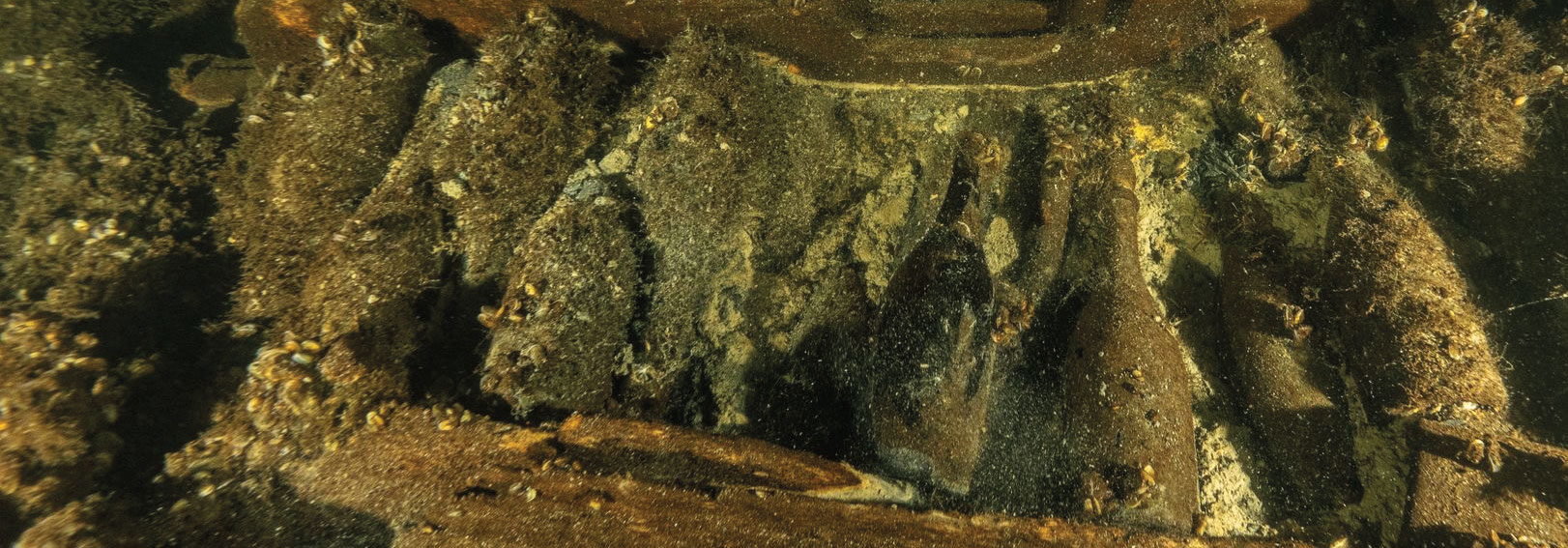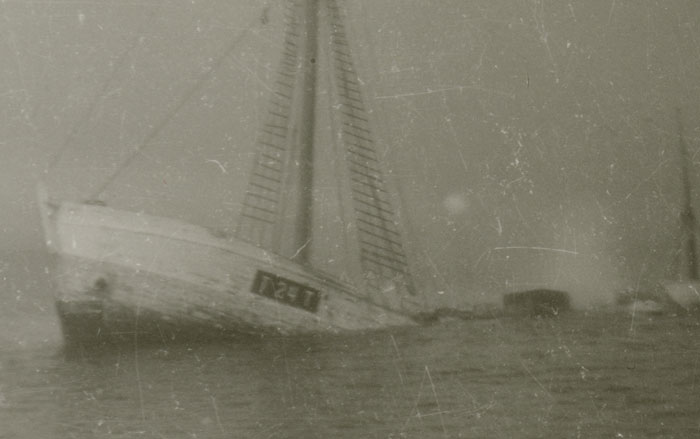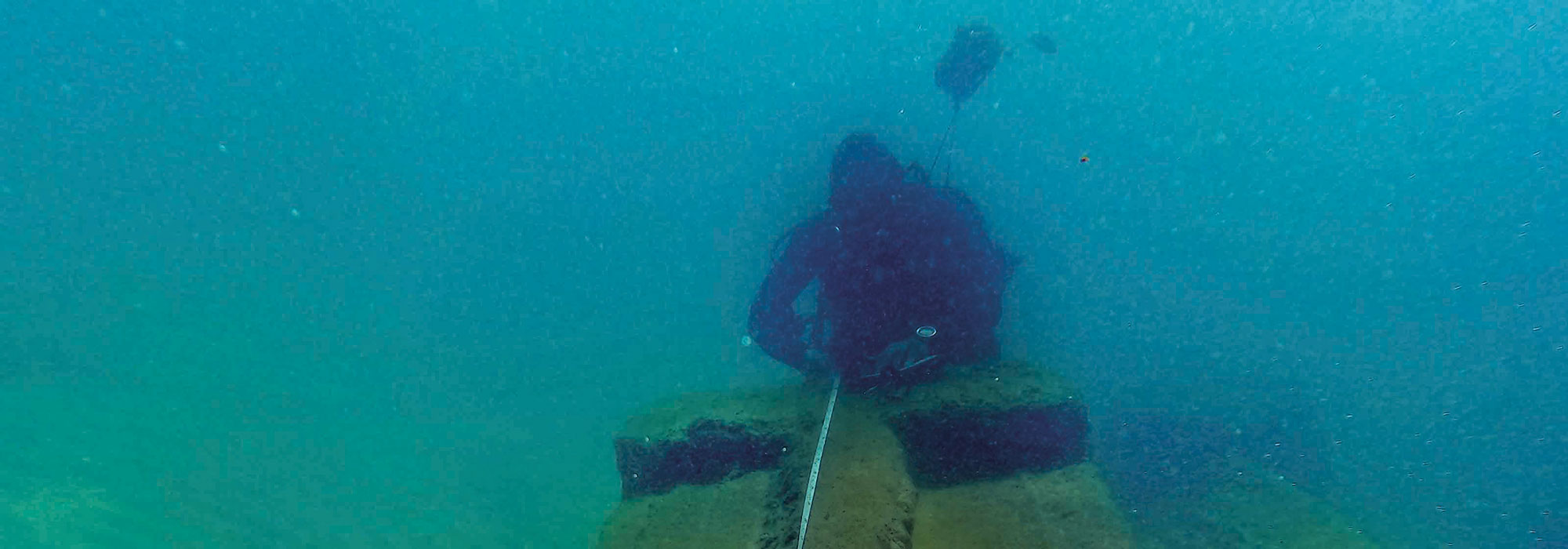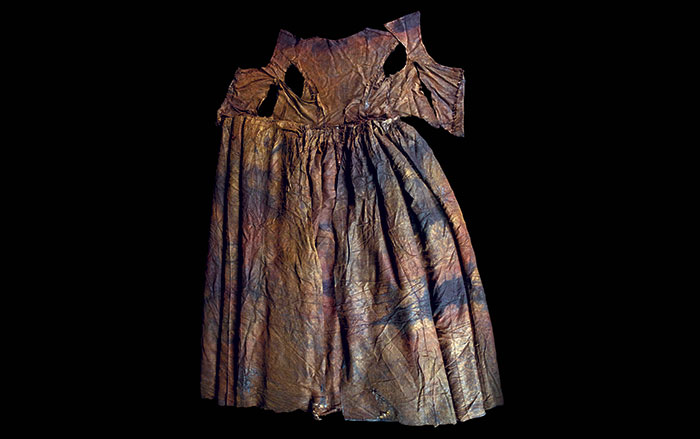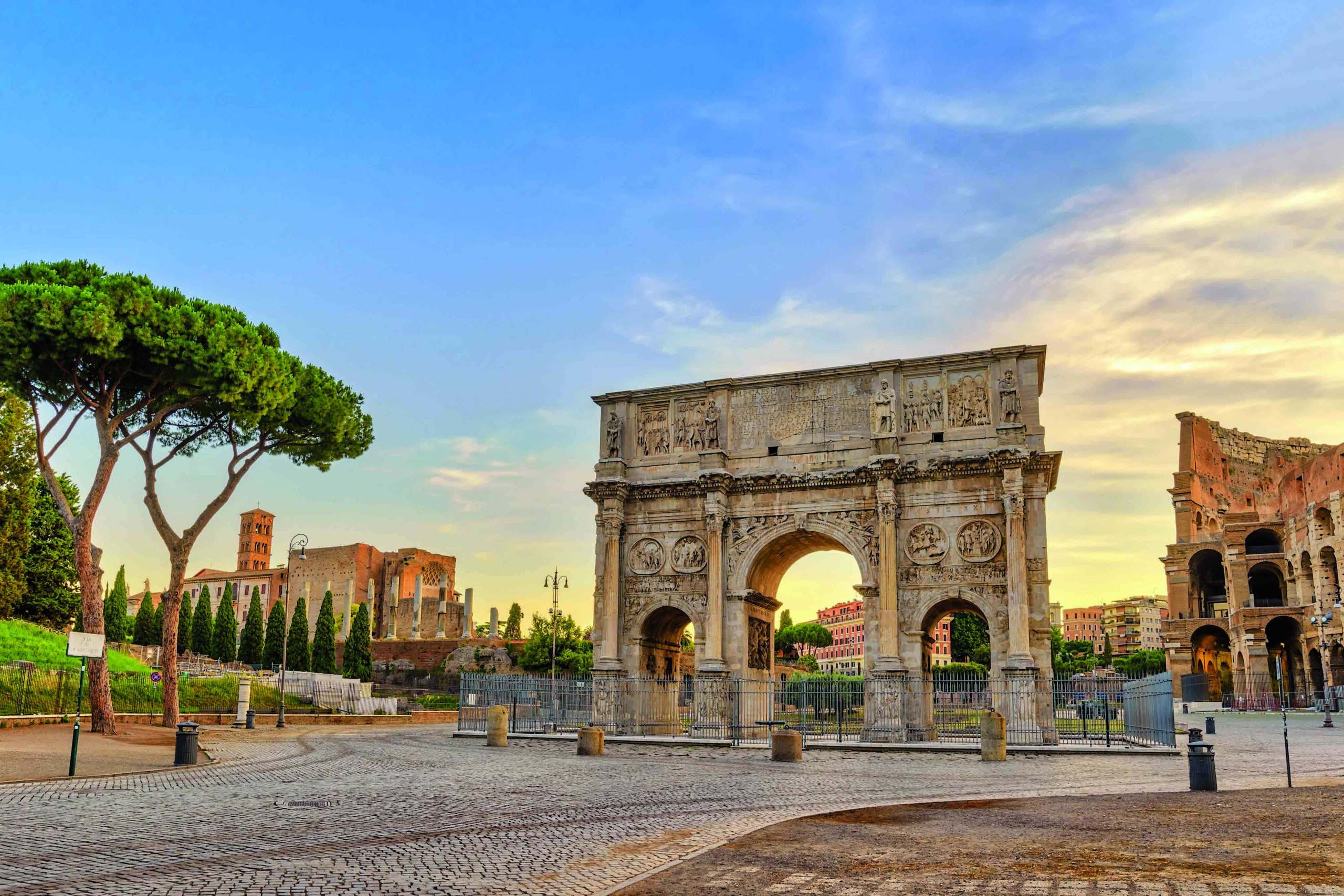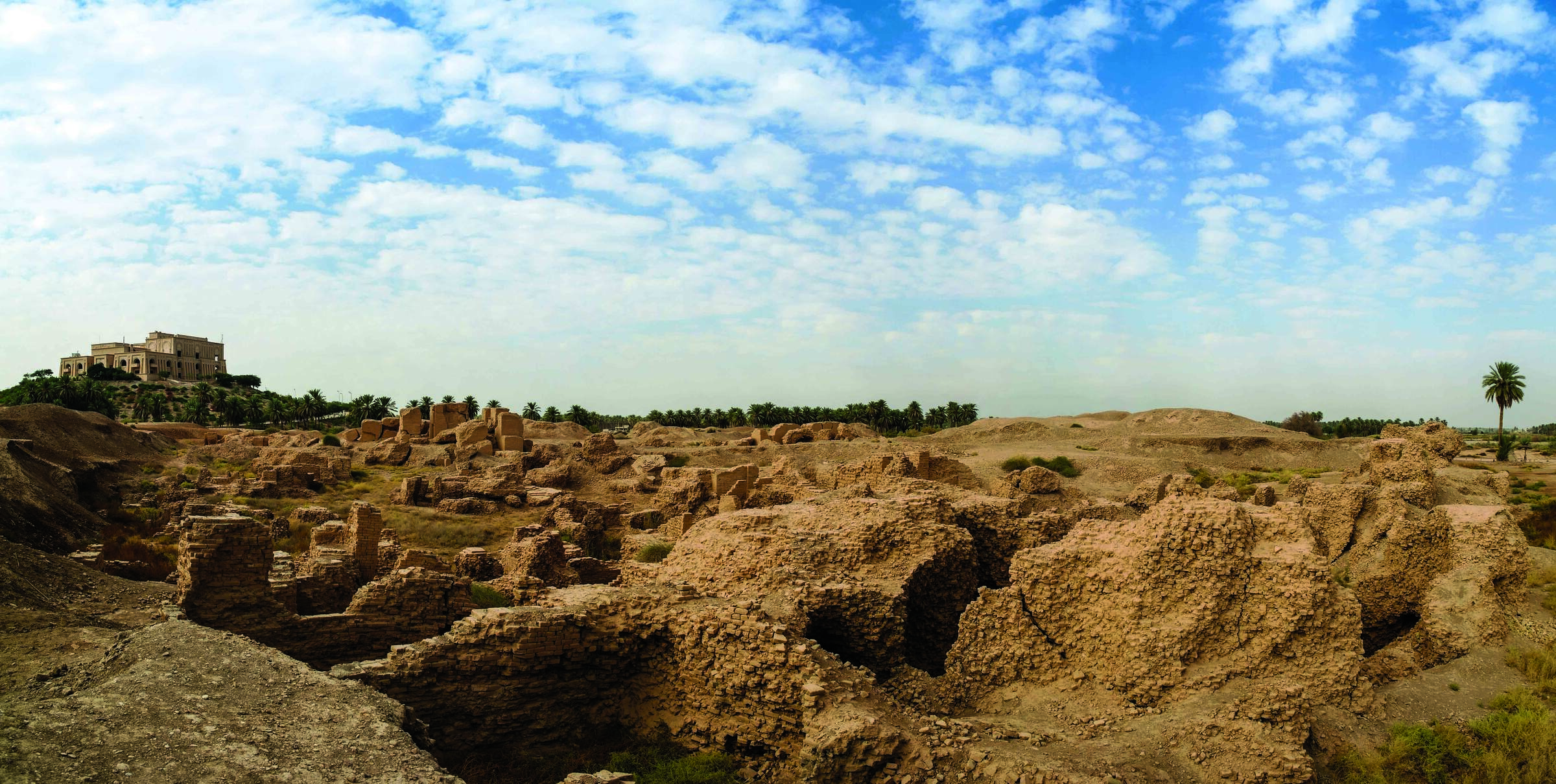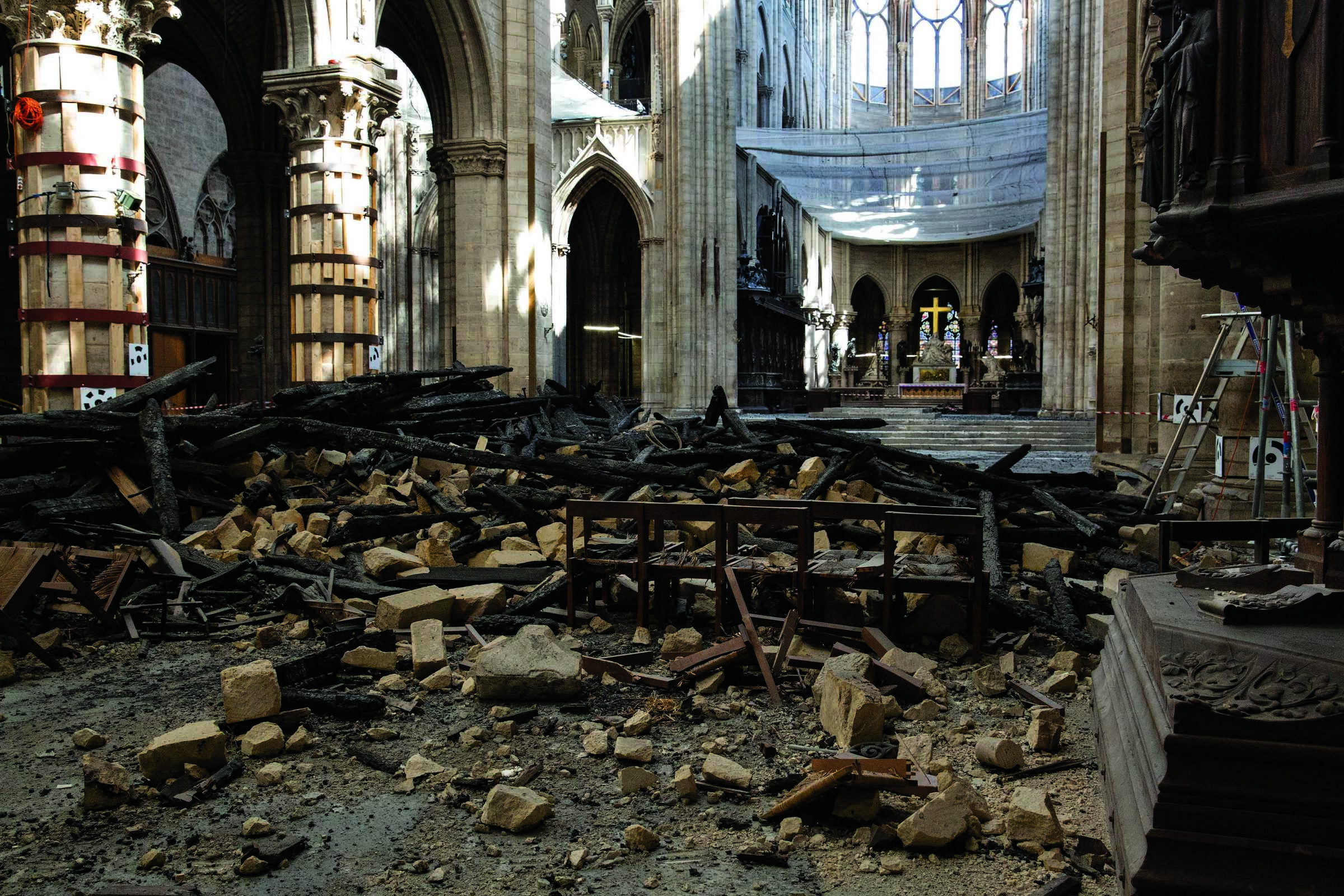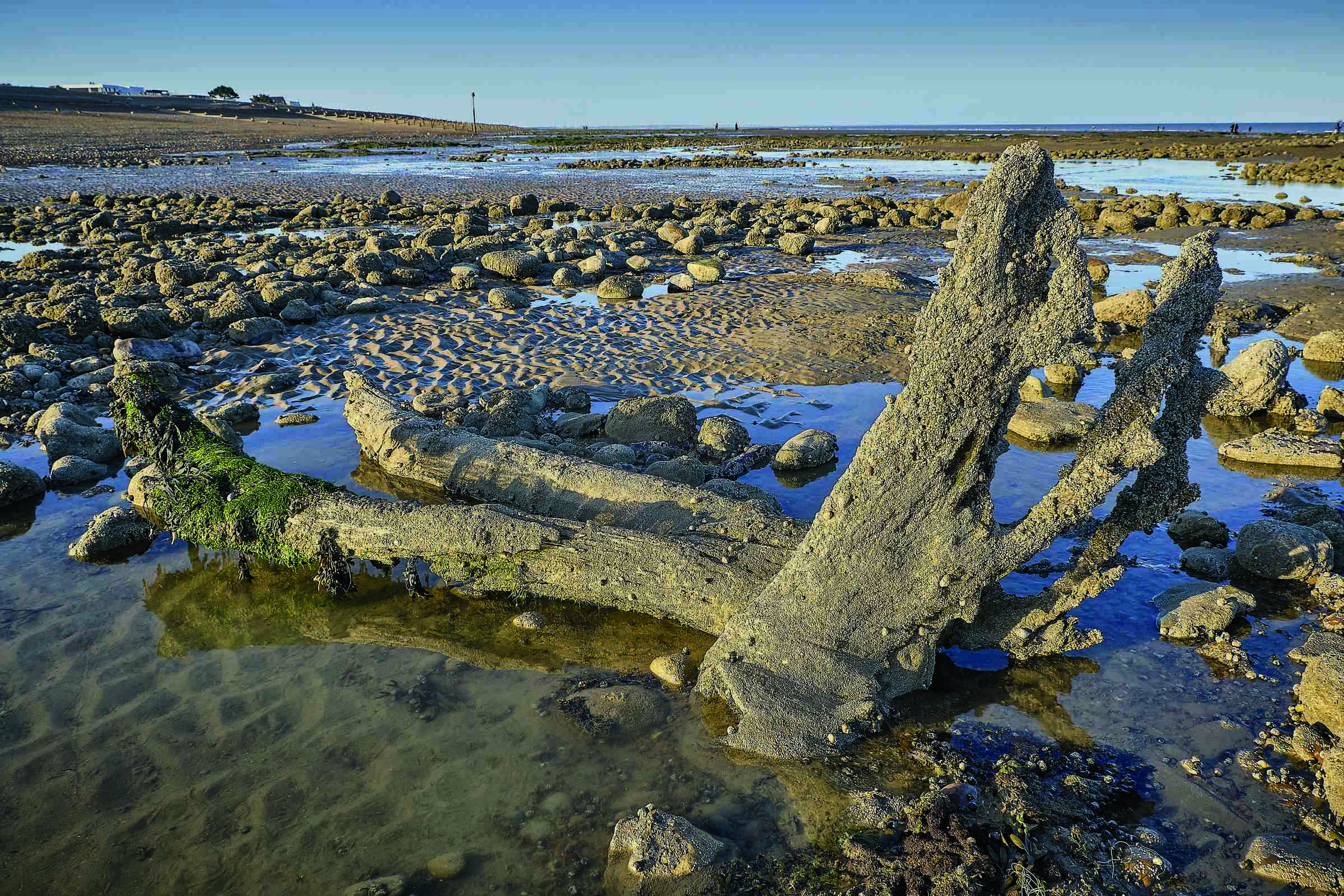
PORTSMOUTH, ENGLAND—According to a statement released by Diamond Light Source, Eleanor Schofield of the Mary Rose Trust and Donna Arnold of the University of Kent employed high-tech tools at Diamond Light Source to analyze bricks recovered from the wreckage of Mary Rose, King Henry VIII’s wooden warship that sank during a battle in the Solent in 1545 and was recovered in 1982. The more than 3,000 bricks made up two brick ovens in the ship’s galley. The bricks were washed in clear water and dried when they were recovered, but salt crystals eventually appeared on their surfaces, Schofield said. Because the crystals may have been damaging the bricks, which are mostly made of silicon oxide, the researchers analyzed their composition with scanning electron microscopy, electron-dispersive X-ray spectroscopy, and synchrotron-based X-ray diffraction. The tests identified the crystals as iron and calcium salts. As they dissolve, the salts create an acidic environment that could degrade the structure of the bricks, the researchers explained. The study also found no sign of sodium or chlorine from sea salt, indicating that the early work to clean the bricks prevented some damage to them. Schofield, Arnold, and their colleagues will now work to develop strategies to counteract the damage caused by the salts. Read the original scholarly article in the Journal of Cultural Heritage. To read about recent isotope analysis of the remains of some of Mary Rose's sailors, go to "Tudor Travelers."


